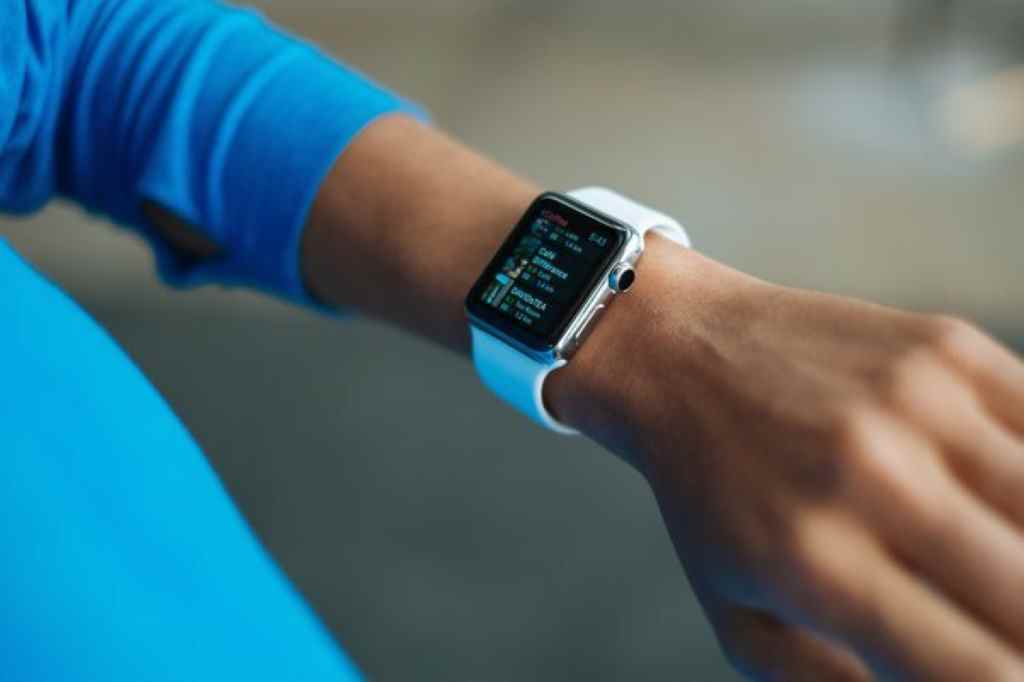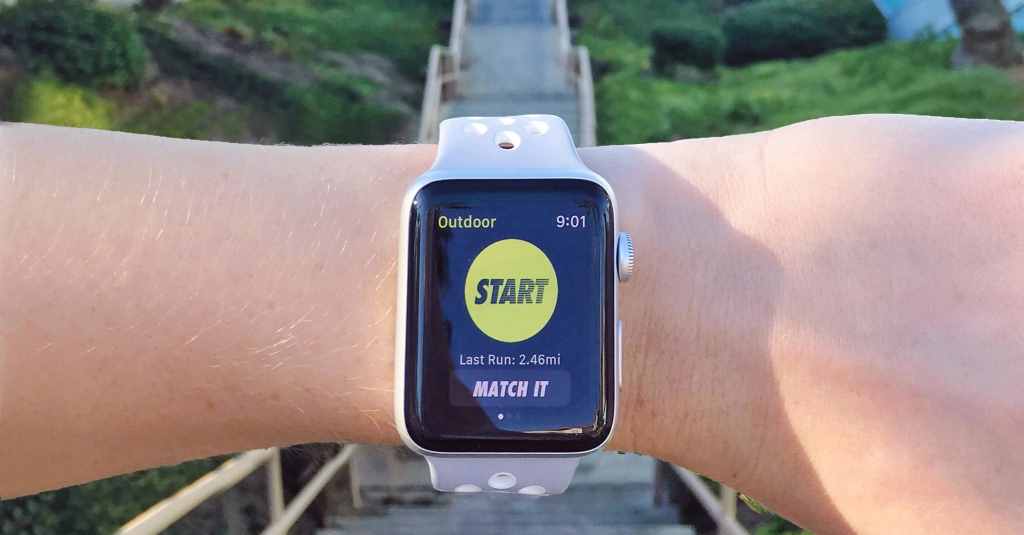
Charging Your Fitbit Without a Charger: Creative Solutions for Powering Up
Read Time:2 Minute, 42 Second
Fitbit wearables have become essential tools for health and fitness tracking. But what happens when you’re away from home, your charger is missing, or it’s simply stopped working? Don’t despair! There are several ways to charge your Fitbit without its dedicated charger.
Understanding Fitbit Charging
Before diving into alternative methods, it’s helpful to know how Fitbit devices usually charge:
- Proprietary Chargers: Most Fitbits use a specific charging cable that attaches to contact points on the device.
- USB Connectivity: The other end of the charging cable typically plugs into a USB port on your computer or a wall adapter.
Methods for Charging Without the Standard Charger

USB Port on Your Computer:
- Direct Connection: If your Fitbit model allows, simply plug the charging cable directly into a USB port on your computer.
- Compatibility: While this method is usually slower than a wall adapter, it’s a reliable option when you’re on the go.
Portable Power Bank:
- Versatility: A portable power bank designed for smartphones can also charge your Fitbit.
- Convenience: Power banks are great for travel or situations where you don’t have access to an outlet.
Wall Adapter for Other Devices:
- USB Compatibility: Many modern wall adapters for phones or tablets have USB ports. If the voltage and amperage match your Fitbit’s requirements, you can use them.
- Safety First: Check the specifications of both your Fitbit and the wall adapter to ensure compatibility.
Car Charger:
- On-the-Go Charging: Car chargers with USB ports can also power up your Fitbit while you’re driving.
- Emergency Solution: This is a handy option if you’re traveling and your Fitbit’s battery is running low.
DIY Methods (Use with Caution):
- Creating a Makeshift Charger: Some users have successfully charged their Fitbits by carefully connecting wires to the device’s contact points and a USB power source.
- High Risk: This method requires technical knowledge and carries a risk of damaging your Fitbit. Proceed only if you’re comfortable with electronics.
Important Considerations and Safety Tips
- Check Compatibility: Before attempting any alternative charging method, verify that the power source’s voltage and amperage are compatible with your Fitbit model.
- Prioritize Safety: Avoid DIY methods unless you have experience with electronics. Improper charging can damage your device or even pose a safety hazard.
- Look for Indicators: When charging, ensure your Fitbit displays the usual charging indicator (a battery icon or progress bar). This confirms that the device is receiving power.
- Slow Charging: Alternative methods might charge your Fitbit more slowly than the official charger. Be patient and allow adequate time for a full charge.
Troubleshooting
- No Response: If your Fitbit doesn’t seem to be charging, try a different power source or cable. Clean the contact points on your device and the cable to ensure a good connection.
- Overheating: If your Fitbit gets unusually warm while charging, disconnect it immediately and check for any damage to the cable or device.
Conclusion
While the official charger is the most convenient and safest way to power up your Fitbit, these alternative methods can be lifesavers in a pinch. Remember to prioritize safety, check compatibility, and be patient with slower charging speeds. With a little ingenuity, you can keep your Fitbit charged and ready to track your health and fitness goals wherever you go.



Average Rating